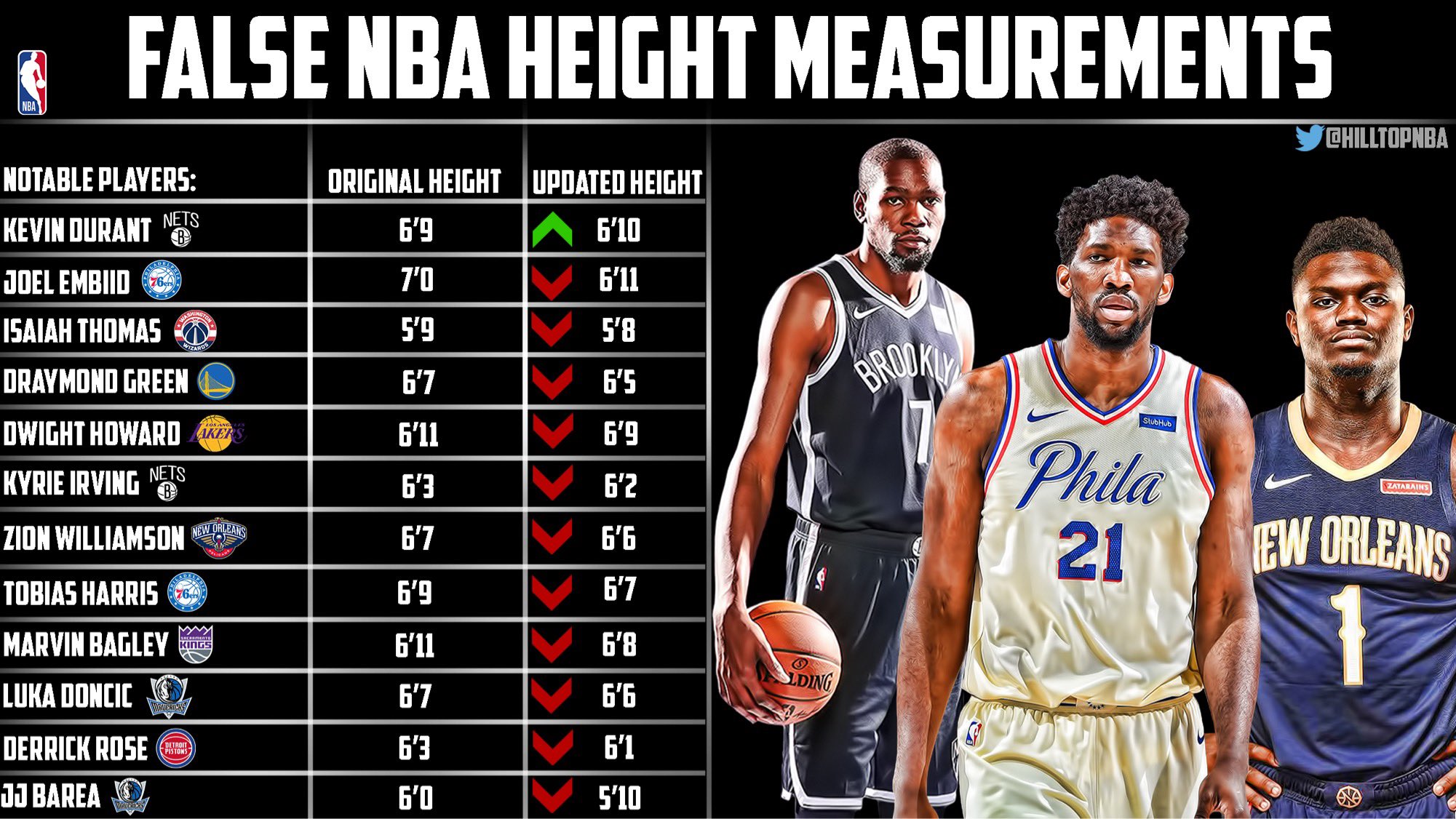A subtle yet significant rule change is set to redefine how last-second shots are recorded in the NBA, sparking a debate between purists and proponents of enhanced entertainment.
The National Basketball Association, ever the innovator in sports presentation, is introducing a fascinating tweak to its rulebook for the upcoming season. No, it`s not a new foul call or a modification to the shot clock. Instead, it`s a strategic reclassification of the often-dramatic, rarely-successful, end-of-period heave. This adjustment, while seemingly minor, holds the potential to subtly reshape player behavior, game strategy, and the very perception of professional basketball statistics.
The Rule Explained: Where Accountability Shifts
At its core, the new rule dictates that any missed field goal attempt launched in the final three seconds of the first three quarters, from beyond the center circle and originating in the backcourt (the quintessential “heave”), will now be recorded as a team field goal attempt, rather than an individual player`s attempt. However, if that improbable shot swishes through the net, it still proudly contributes to the individual player`s shooting percentage. This creates an interesting dichotomy: the potential for glory with no statistical downside for failure.
The league has even precisely defined what constitutes a “heave” under this rule:
- The shot must occur in the final three seconds of the first, second, or third quarter.
- It must be attempted from beyond the outer edge of the center circle extended.
- The play must have originated in the backcourt.
The NBA`s Vision: More Buzzer-Beaters, More Highlights
So, what drives such a specific amendment? The NBA`s motivation appears clear: to inject more excitement into the final moments of quarters. Historically, players with high shooting percentages or those whose contracts feature performance incentives often refrained from attempting these low-percentage shots. Why risk a 3.9% success rate (the league average for such shots last season) tarnishing your individual statistics when the clock has already expired or the outcome is effectively sealed?
By removing the individual statistical penalty for a miss, the league hopes to encourage more players to “let it fly.” The vision is simple: an uptick in attempts leads to an uptick in made shots, which, in turn, generates more highlight-reel plays, more social media buzz, and a heightened sense of drama, even in routine regular-season games. It`s an exercise in engineering entertainment by subtly manipulating the numbers.
Richard Jefferson`s “Cowardly” Critique: A Question of Integrity
While the league aims for more spectacle, not everyone is applauding. Former NBA champion and seasoned veteran Richard Jefferson didn`t mince words, denouncing the rule change as “cowardly.” His criticism strikes at the heart of the statistical integrity of the game: “We don`t want it to count towards your %… UNLESS YOU MAKE IT. You want the positive without the potential for negative. PROFESSIONAL SPORTS 2025.”
Jefferson`s point is sharp and understandable. In a sport where individual statistics are meticulously tracked, analyzed, and used as a basis for contracts, awards, and legacy, selectively applying the impact of a shot raises questions. Is it truly fair to allow a player to chase a highlight without fully owning the statistical consequence if it falls short? It’s a bit like a high-stakes poker game where you only pay if you lose, but your winnings are fully yours. The league, in this instance, seems to be offering a safety net for boldness, which some interpret as a philosophical compromise.
The Strategic Ripple Effect
Beyond the philosophical debate, this rule change could have tangible strategic implications. Will coaches now actively encourage players to take these shots? Will we see more creative inbound plays designed specifically to give a shooter a clean look for a heave? Perhaps a player known for their long-range prowess, like a Stephen Curry or a Damian Lillard, will now find even more freedom to launch these rockets, knowing their overall percentages remain pristine regardless of the outcome.
Last season alone saw 640 qualifying shots, with only 25 finding the bottom of the net. Nikola Jokić led the league with 25 attempts (making 3), while Stephen Curry was the most accurate, converting 4 of his attempts. These numbers, while low, hint at the dormant potential the NBA seeks to awaken. It`s a calculated gamble that more attempts, even if many miss, will yield enough spectacular successes to justify the statistical sleight of hand.
Conclusion: A Calculated Risk for Entertainment
The NBA`s new heave rule is a fascinating case study in sports entertainment. It’s an explicit attempt to inject more dramatic moments into games by subtly shifting accountability within the statistical framework. While it promises more highlight plays and removes a disincentive for players, it also opens a Pandora`s Box of debate regarding statistical purity and the true courage of a player`s attempt.
As the new season unfolds, basketball enthusiasts will undoubtedly be watching. Will we witness a surge in last-second heroics? Or will Richard Jefferson`s “cowardly” label resonate as players exploit a loophole designed purely for showmanship? Only time, and a healthy dose of improbable buzzer-beaters, will tell if this statistical engineering truly elevates the game or merely adds a layer of curated excitement.

